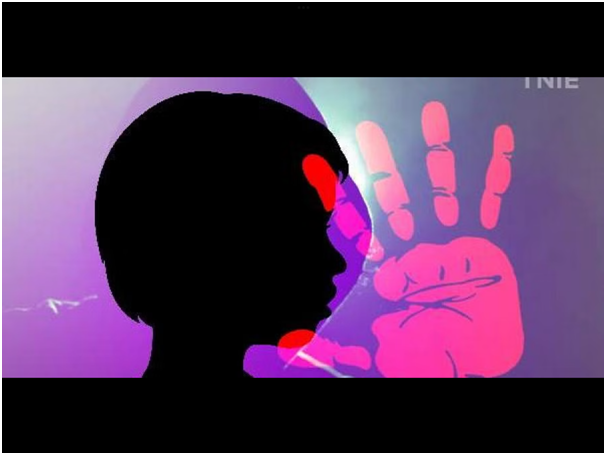10 Years of POCSO Act
Context: Ten years have passed since the Protection of Children from Sexual Offences (POCSO) Act, 2012, enacted in consequence to India’s ratification of the UN Convention on the Rights of the Child in 1992, came into effect on November 14, 2012.
Positive Changes
- The aim of POCSO Act is to address offences of sexual exploitation and sexual abuse of children, which were either not specifically defined or in adequately penalised.
- An important feature of the POCSO Act is its gender-neutral nature.
- Though the reported number is not big, it still portrays society’s apprehension that the sexual exploitation of male children is also a serious issue that has been largely unreported.
- Second, there is sufficient general awareness now to report cases of sexual exploitation of children not only by individuals but also by institutions as non-reporting has been made a particular offence under the POCSO Act. This has made it comparatively difficult to hide offences against children.
- The storage of child pornography material has been made an offence.
- The offence of ‘sexual assault’ has been defined in explicit terms with increased minimum punishment.
Issues
- A major part of the investigation of offences under the Act is still according to the Code of Criminal Procedure (CrPC).
- The POCSO Act provides for recording the statement of the affected child by a woman sub-inspector at the child’s residence or place of choice.
- But it is practically impossible to comply with this provision when the number of women in the police force is just 10% and many police stations hardly have women staff.
- In 2015, the Ministry of Home Affairs (MHA) introduced a scheme to create an Investigation Unit on Crime Against Women (IUCAW) which was to be made up of 15 police officers with at least 1-3rd comprising women officers and headed by an additional superintendent of police in each district.
- Its aim was to ensure quality investigation of crimes against women on a 50:50 expenditure sharing basis; the response by States to the scheme has been half-hearted.
- Despite funds being provided by the Centre to strengthen mahila desks, many police stations still do not have even a single woman staff.
- Even though there is a provision to record statements using audio-video means and preserving the scene of crime of heinous offences using audio-video means the pilot project has yet to be implemented across States.
- In the absence of proper infrastructure to ensure the integrity of electronic evidence, the admissibility of evidence recorded using any audio-video means will always remain a challenge.
- Second, medical examinations of victims.
- As specified in the POCSO Act the medical examination of a girl child is conducted by a female doctor but there have been instances where the banned two-finger test is still in use.
- Further, there have been no attempts to upgrade the Forensic Science Laboratory in States to expedite the examination of exhibits.
- In many cases have a charge sheet without an accompanying FSL report which is then decided by courts.
- Third, though age determination of a juvenile criminal is guided by the Juvenile Justice (Care and Protection of Children) Act, no such provision exists under the POCSO Act for juvenile victims.
- In the absence of any change in the law or even specific directions, the investigating officers (IOs) continue to rely on the date of birth recorded in school admission-withdrawal registers — which, in most cases, parents are not able to defend in the court.
- Age estimation based on medical opinion is generally so wide in scope that in most cases minors are proved to be major.
- Once a minor is proved to be a major, the probability of acquittal increases based on other factors such as consent or no injury to private parts.
- Four, the time mandated to complete investigation of rape is two months.
- This creates pressure on the investigating officer to submit a charge sheet in two months irrespective of what stage the investigation is at.
- Thus, unfortunately, the focus is largely on completion of investigation in two months irrespective of quality.
Therefore, it is time that there is a review of the way the POCSO Act is implemented to see how far it has helped victims of sexual exploitation and what more needs to be done to ensure justice.
| Practice Question
1. Critically analyse the performance of POCSO and what it needs to do to improve execution? |




